Overview
Göbekli Tepe is a site dating to the Pre-Pottery Neolithic A and B (PPN-A/B), i.e. from about 9,500/9,250 to 8000/7,750 calBC. It is located in present-day southeastern Turkey in the Şanlıurfa region, about 15 km northwest of the city of Şanlıurfa. Due to its location on one of the highest plateaus of the Germuş Mountains (around 770 m. above sea level), Göbekli Tepe is clearly visible from the south from the Harran Plain and from the east and north from the Cullap Suyu Basin. From the site itself, the plains around Göbekli Tepe are clearly visible, but blurred in the haze.
Göbekli Tepe was rediscovered in 1994 by K. Schmidt, M. Akman and M. Morsch during a survey, and the first excavations began in the following year, 1995, and continue to this day. In the first 20 years of its exploration, Göbekli Tepe was interpreted as a primarily ritual site, even as a mountain shrine. The reason for this were the findings that were unexpected for the PPNA and PPNB at that time, such as the monumental round-oval special buildings with numerous large (3 to 5.5 m high) and partly richly decorated monoliths, so-called T-pillars. However, this interpretation must be placed in a much more complex context by new excavation findings from recent years. For the first time, the research has produced clear evidence of domestic activities and indications of a permanent settlement at the site. Göbekli Tepe should thus be interpreted as a settlement site with a pronounced ritual component.

